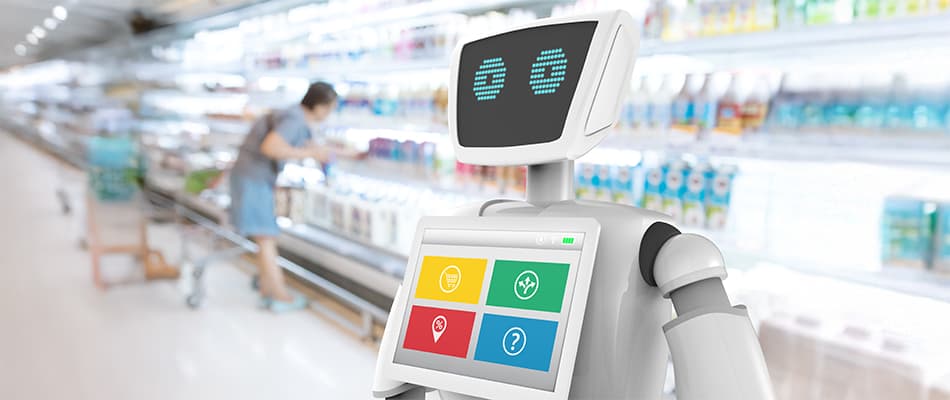What Are Transformers in Hugging Face? A Simple Guide for Beginners
Technology moves fast. Every year, new tools change the way we work with text, images, and data. One tool that has changed modern AI is Hugging Face transformers.
Developers, students, and companies use it because it makes complex AI tasks easier, faster, and more accessible. But before you understand this power, you must first understand what it is and why it matters today.
This article guides you through the concept of transformers, explains why Hugging Face made them popular, and demonstrates how they support real-life tasks. You will also learn about the difference between transformers and TensorFlow so that you can choose the right tool.
The Need for Smarter Models
Older AI models struggled with long sentences. They read text word by word, losing meaning along the way. As data grew, these models became slow and less accurate.
Researchers needed a more effective method, one that could capture the entire meaning and context of the data. This is where transformers changed everything.
When people later asked what are transformers in Hugging Face, they found that these models brought speed, accuracy, and deeper understanding.
Soon, models like BERT and GPT shaped the future. Hugging Face made them easy for everyone to use.
Read here about expert models in AI.

What Are Transformers? A Simple Explanation
Transformers are AI models that read entire sentences at once. They use “attention,” which helps them decide which words carry the most meaning.
For example, in “The cat sat on the mat because it was warm,” the model understands that “it” refers to “the mat.” This was hard for old models.
This clearly means: Transformers are smart models that understand language by looking at the complete context.
Hugging Face Transformers: The Tool That Made AI Easy
As transformers gained popularity, developers required easy access to them. Hugging Face built a full library of ready-made models. These models handle text, images, audio, and more.
This is why searches for Hugging Face transformers increased. The platform made modern AI accessible to students, professionals, and businesses.
Hugging Face Transformers are gaining popularity because of the following reasons:
- They are easy to install.
- They are naturally made for a large number of tasks.
- They save time and effort.
- They offer high-quality pretrained models.
Today, Hugging Face transformers power chatbots, translation tools, search systems, and many everyday applications.
Read about Cloud AI.

How Hugging Face Made AI More Accessible
Before Hugging Face, deep learning felt difficult. You needed strong machines and long training cycles. Hugging Face changed this with free models, a model hub, and simple pipelines.
This is why so many beginners understand AI concepts faster when working with Hugging Face transformers. The platform made AI friendly and open to the world.
Hugging Face Library Use Cases
The Hugging Face library supports a wide range of practical tasks across industries. It offers powerful pre-trained models that anyone can use with just a few steps. Whether you work with text, images, or audio, the library provides tools that fit real-world needs.
Below are some key use cases that demonstrate the versatility and value of this platform. These cases support education, finance, e-commerce, entertainment, and healthcare.
|
Category |
Use Cases |
|
Text Tasks |
Summaries, Chatbots, Translation, Content classification |
|
Vision Tasks |
Image recognition, Object detection, Image captioning |
|
Audio Tasks |
Speech-to-text, Audio classification |
|
Industry Uses |
Customer support, Market research, Sentiment tracking, Automation tools |

How do Transformers Work Inside Hugging Face?
To understand what are transformers in Hugging Face, you must learn how Hugging Face structures its tools. The library provides:
- Pretrained models
- Tokenizers
- Pipelines
- Training utilities
- Model repositories
This setup lets you work with models in minutes, not days. You get real output using only a few lines of code.
Read more about LLMs.
Transformers vs TensorFlow: Understanding the Difference
When comparing transformers to TensorFlow, it is essential to understand that each serves a different purpose. The following table clearly distinguishes between Transformers and TensorFlow
|
Feature |
Transformers |
TensorFlow |
|
Purpose |
Ready-made AI models |
Build custom deep models |
|
Ease |
Very easy |
Moderate |
|
Best for |
Text & vision tasks |
Full deep learning pipelines |
|
Speed |
Fast with pretrained models |
Depends on the architecture |
|
Skill level |
Beginner friendly |
Intermediate to advanced |
The debate between transformers and TensorFlow depends on your goal. Transformers work best when you want accuracy with minimal setup. TensorFlow works best when you want complete control over your model.

How to choose between Transformers and TensorFlow?
Choosing the right AI framework depends on what your project needs. Some tasks require speed and ready-made tools, while others demand full control and customisation. Both options are powerful, but they solve different problems. Understanding these differences helps you pick the most efficient and effective approach for your work.
Choose transformers when you need:
- Instant results
- Ready models
- High accuracy
- Simple workflows
Choose TensorFlow when you need:
- Custom model design
- Full flexibility
- Training from scratch
Why Hugging Face Matters in Today’s AI World?
Hugging Face transformed how people learn AI. It built a global community, provided free tools, and created a shared space for innovation. Today, thousands use Hugging Face transformers daily for studies, research, and industry.
When learners ask what are transformers in Hugging Face, they often discover an entire ecosystem of AI resources, not just a model.
How AI Helps You Understand Transformer Models Better?
AI itself makes transformer concepts easier. When exploring Hugging Face transformers, AI demos guide you through how models think and respond. This removes confusion and speeds up learning.
AI helps you understand transformers through:
- Visual examples like attention maps
- Interactive demos that show real results
- Hands-on practice with sample inputs
- Explained outputs that show how models interpret your text
This makes the concept of transformers in Hugging Face easier to understand. You see how attention works, how predictions form, and how these models compare in transformers vs TensorFlow use cases.
Understand Deep learning in AI here.

How Digital Regenesys Helps You Learn These AI Technologies Better
Learning the Artificial Intelligence Certificate Course by Digital Regenesys helps individuals build strong AI skills. It also gives them the confidence to apply AI concepts in real tasks and workplace settings.
Digital Regenesys provides structured programmes that teach modern AI tools and their real-world applications.
How Digital Regenesys helps:
- Beginner-friendly lessons
- Hands-on coding projects
- Training with Python, Transformers, and TensorFlow
- Clear explanations of transformers in Hugging Face
- Real Hugging Face library use cases
- Instructor support
- Career-focused learning
The course helps you understand everything, from simple models to advanced concepts, such as the difference between transformers and TensorFlow. You gain practical skills that apply directly to the workplace.
Conclusion
Transformers changed AI forever while Hugging Face made them accessible. Today, Hugging Face transformers support text, vision, and audio tasks in every industry.
Understanding what are transformers in Hugging Face opens the door to modern AI applications. With strong Hugging Face library use cases, easy workflows, and clear differences in transformers vs TensorFlow, you can make confident choices in your AI journey.
Join Digital Regenesys, enhance your AI knowledge, and become a smart, career-ready individual.
FAQs
What is a transformer model in simple terms?
A transformer model is an advanced type of AI system that understands complete sentences at once. It uses attention mechanisms to focus on important words and learn deeper meaning from text.
Why are transformer models popular today?
They are popular because they work fast, handle long sentences well, and give accurate results. They also support many tasks such as translation, summarisation, and text generation.
Do I need strong programming skills to use transformer-based tools?
No. Many modern platforms offer ready-made models and simple pipelines. With basic Python knowledge, even beginners can run and test these models easily.
How do transformer models differ from traditional deep learning models?
Traditional models process text one word at a time, while transformers look at entire sentences together. This gives them better context understanding and higher accuracy.
Can beginners learn transformer concepts easily?
Yes. With visual tools, interactive demos, and guided courses, beginners can understand how these models work. Hands-on tests help learners grasp the concepts more quickly.













